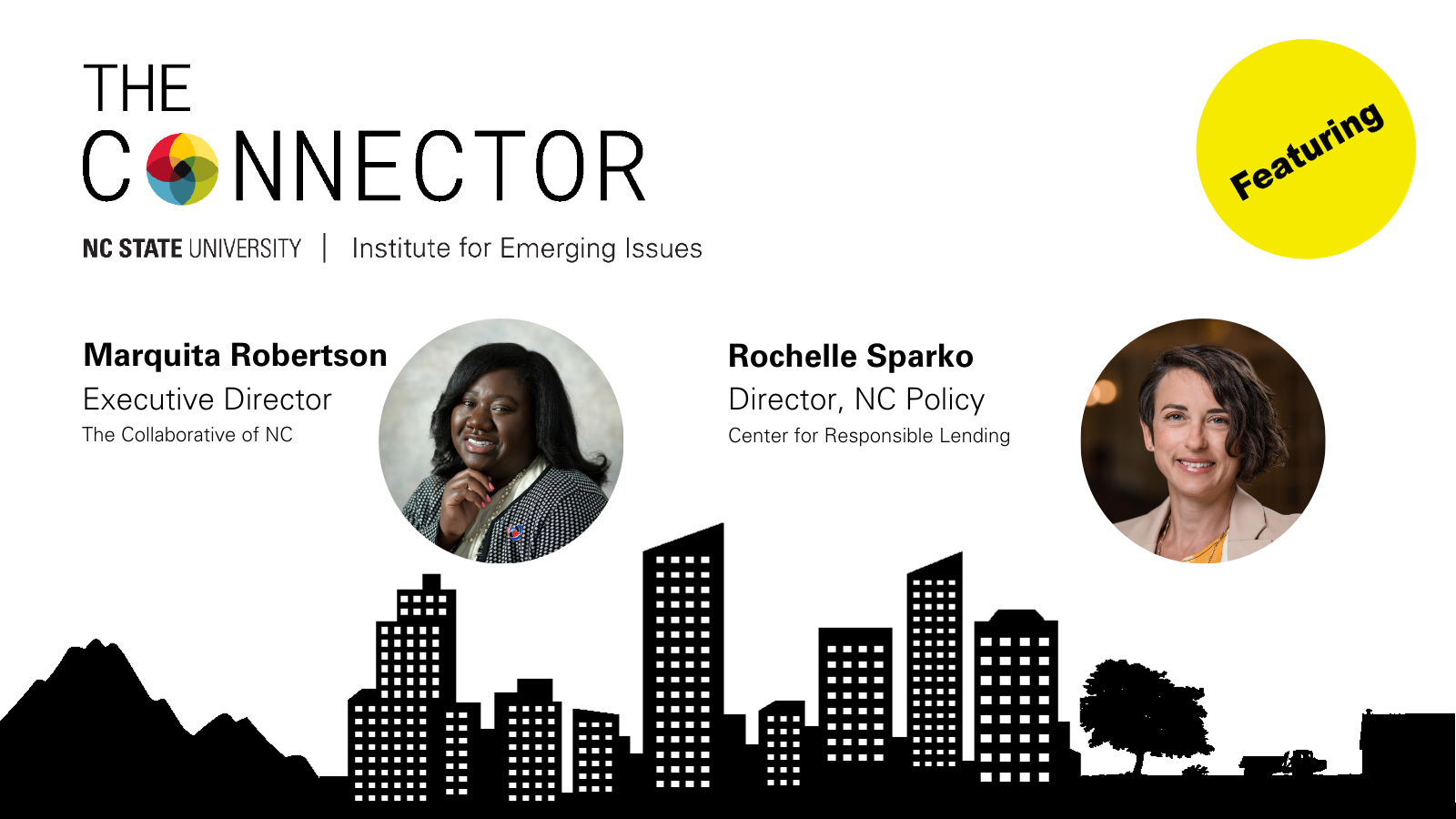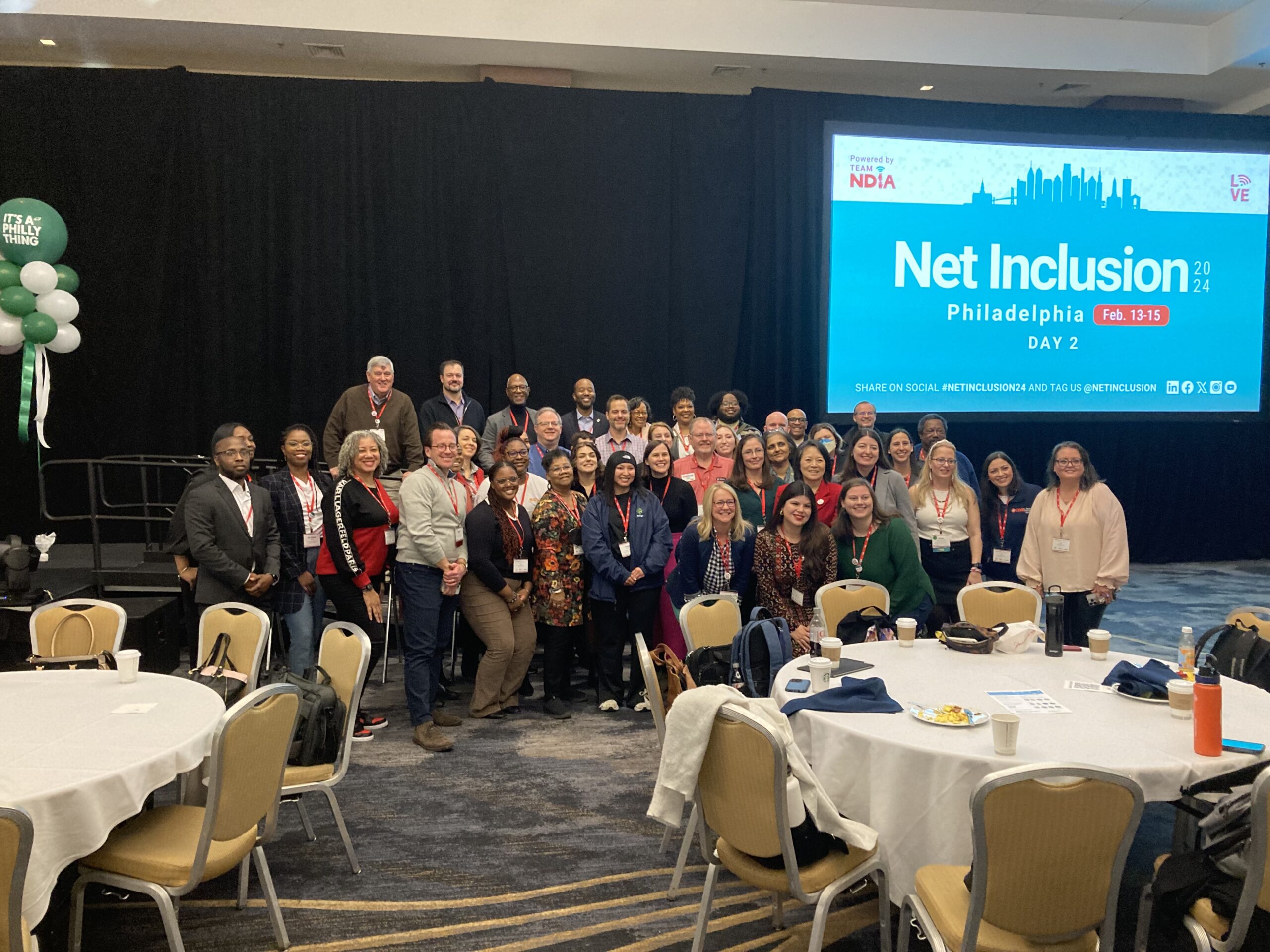Thriving Rural Communities: Perspectives on Early Childhood Investments from the Faith Community

This past week, 35 rural faith leaders joined over 300 North Carolina government, business and nonprofit leaders at IEI’s 2017 Emerging Issues Focus Forum, kidonomics: The Economics of Early Childhood Investment. This is the third year that faith communities have been purposefully invited through a partnership with The Duke Endowment and Duke Divinity School. As IEI’s Rural Faith Communities Fellow, I have the privilege of working with rural faith communities every day as they use their status as an “anchor institution” in their small towns to improve civic health. Bringing clergy and laypeople from all across North Carolina to Hunt Library to learn with state leaders ranks as one of the highlights of my year.
The theme of this year’s Focus Forum, kidonomics: the Economics of Early Childhood Investment, was of particular interest to many of the leaders I work with. Many of them represent early childhood learning centers, growing children’s ministries, and school partnerships at their churches. While a faith community is often a child’s first consistent social community and often provides a child’s first learning environment (church preschools, daycares, etc.), they are often overlooked partners when it comes to creating and implementing early childhood initiatives. Churches might provide the care, but they are not usually involved with government and nonprofit leaders in determining a county’s vision for how to improve children’s lives. As C4C Point Person Pat Litzinger shared during a kidonomics panel, “Churches can be an asset in rural areas with limited resources.”
Based off our faith leader’s responses, those resources include:
- Volunteers for afterschool literacy programs or mentorship
- Building space
- Relationships with local families
- Vans or buses for transportation
- Food ministries (food pantry, community garden, etc.)
Our faith leaders also talked about ways that congregations are equipped to give children the best potential. They recognize this means learning more, partnering with existing early childhood groups, and evaluating their current ministries for effectiveness. Some of their collective takeaways from the Emerging Issues Focus Forum are as follows:
- Faith communities are often a safe place for a lot of families. Providing trainings to congregation members about toxic stress, brain health, abuse, and neglect can help families and children become even safer.
- Congregations feel an urgent need to address substance addiction and abuse by exploring the hopelessness many parents feel in a rural area due to isolationism, economic insecurity, or cyclical poverty or abuse.
- Congregations want more information from their schools and nonprofits about the demographics and characteristics of local families and kids in order to prioritize initiatives.
- Faith communities are concerned about vulnerable populations and want to provide more services to families of color, different abilities, immigration status, and lower socioeconomic status.
Faith communities are often doing the work. They want to work with others to do the best work possible and take the pressure off of low-resource organizations in rural areas. Many congregations recognize that they will also need time and training in order to learn about the vast expanse of milestones, opportunities, and challenges that come with holistically addressing someone’s early childhood experiences. I can confidently say that many rural faith communities are excited to get more involved, follow best practices, and work in partnerships.
If you’d like more information or tips on how to engage local congregations or community organizations, please contact me at kdfoley@ncsu.edu.
- Categories:


